|
Accessibility advice:
|
Summary
A common cause of plantar heel pain (PHP) is a condition where the tissues on the bottom of the foot become damaged and painful. Over time this results in thickened and damaged tissues. In more severe cases, painful swelling in the heel bone can happen. There are different causes of PHP, but it usually involves damage to parts of the plantar fascia. This is a band of tissue running under your foot from your heel to your toes.
You can reduce the pain of PHP by reducing activity, slowly stretching the plantar fascia band and calf muscle, trying to reduce excess bodyweight with healthy eating, and choosing footwear or insoles that help to reduce the pain.
This guide is designed to give you information about the things that you can do to reduce your PHP. It is advised that you contact a podiatrist to confirm a diagnosis and find out more about other treatments that may be available.
What is Plantar Heel Pain (PHP)?
PHP is a condition where the tissues in the sole of your foot become damaged and painful. Often a band of tissue called the plantar fascia is involved and becomes thickened and damaged. The plantar fascia is like a strong elastic band that spans your foot on the sole. This band connects your heel bone to the bones in the front part of your foot. The band forms part of the arch of your foot and helps the foot to keep its shape and strength when you are walking. The band is prone to becoming painful and damaged underneath the heel where it lies a few layers deeper than the skin. This often means there is nothing to see even though there is pain. If however, you notice that your foot is red, hot, or swollen, it is important to get advice from a podiatrist straight away. It is important to get a diagnosis and advice about the best treatment for you.
I have heel pain - how do I know if it is PHP?
PHP can come on suddenly or gradually but will feel worse when you initially stand up in the morning or after you have been resting for a while. Once you start moving you will likely notice the pain in your heel start to slightly reduce, although if you stand or walk for longer periods the pain can return. It may be tender to touch the centre of your heel or along the arch region of your foot. PHP typically starts in one foot but both feet can be affected. It is recommended that you confirm a diagnosis of PHP with a podiatrist.
Why do people get PHP?
It is not clear why some people get PHP or what things can bring it on. There is some evidence that having a rheumatic condition, having an increased BMI (body mass index) and being overweight, standing for long periods of time, or having a sudden change in activity type or levels (eg, starting to run) can trigger it.
How can I reduce my PHP?
Treatment comes in two stages:
- Reducing pain
- Helping healing of the plantar fascia and related tissues.
To reduce pain:
- Rest your foot as much as is reasonably possible
- Wear footwear that is comfortable and insert a cushioned heel pad if you have one
- Rest your foot/heel on a cold or frozen object, for example, a bag of frozen peas wrapped in a tea-towel for approximately 10 minutes. This can be repeated throughout the day to ease symptoms
- Use topical cold sprays, making sure that you follow the instruction on the packaging
- Use topical anti-inflammatory gels, making sure that you follow the instructions on the packaging.
To help heal the plantar fascia and related tissues:
- Stretch the plantar fascia in the morning, at lunch time and in the evening
- Use an elasticated ankle support if you are going to be doing a lot of standing or walking or for activities that involve a lot of bending up and down or twisting (for example doing the laundry or hoovering). Make sure that the elasticated support fits correctly and is not too tight. Get advice from a podiatrist before using an elasticated support if you have been told that you have problems with circulation (blood flow) to your foot. Do not wear an elasticated support continuously, you should remove it when you are resting. It is important to note that there is limited evidence available to support this piece of the self-care advice
- Wear a well fitted, fastening shoe that provides good ankle and arch support with a low heel height and cushioned sole (for example a running shoe)
- There is some evidence that using an insole with an arch support can help (please see our advice about insoles for more information)
- If you are overweight, losing weight by following a healthy lifestyle and diet can help.
What stretches can I do?
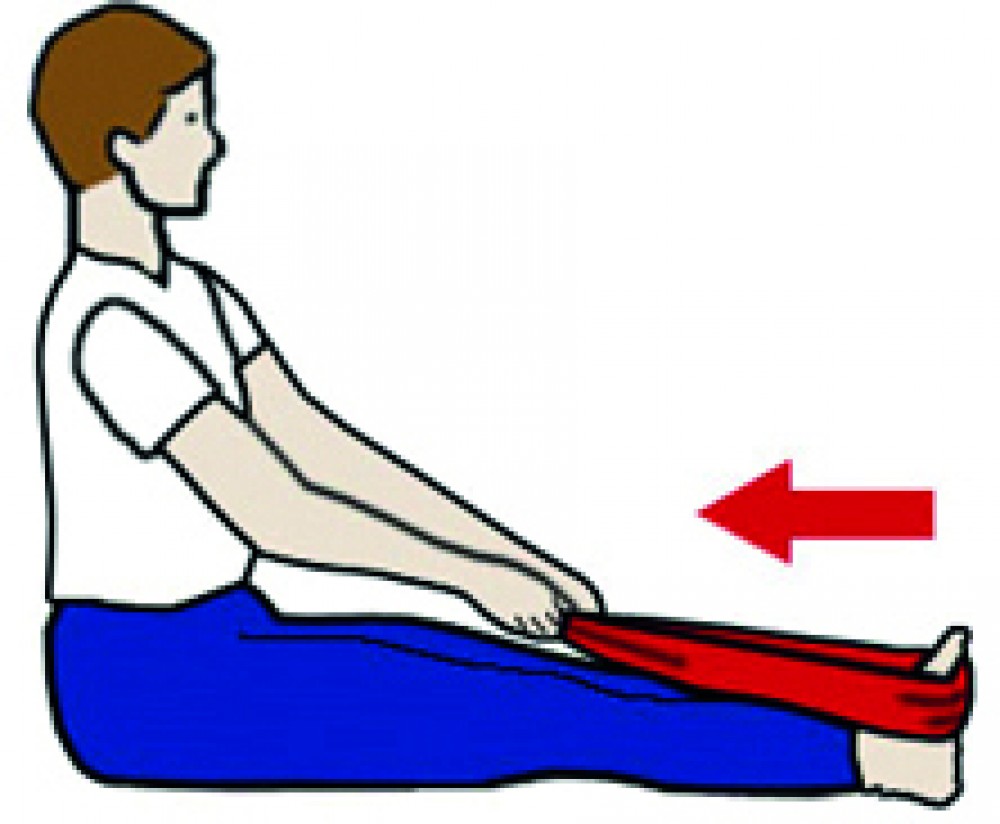 Towel stretch
Towel stretch
Sit on the floor with your legs stretched out in front of you. Loop a towel around the top of the injured foot. Slowly pull the towel towards you keeping your body straight. Hold for 30 seconds then relax - repeat 10 times.
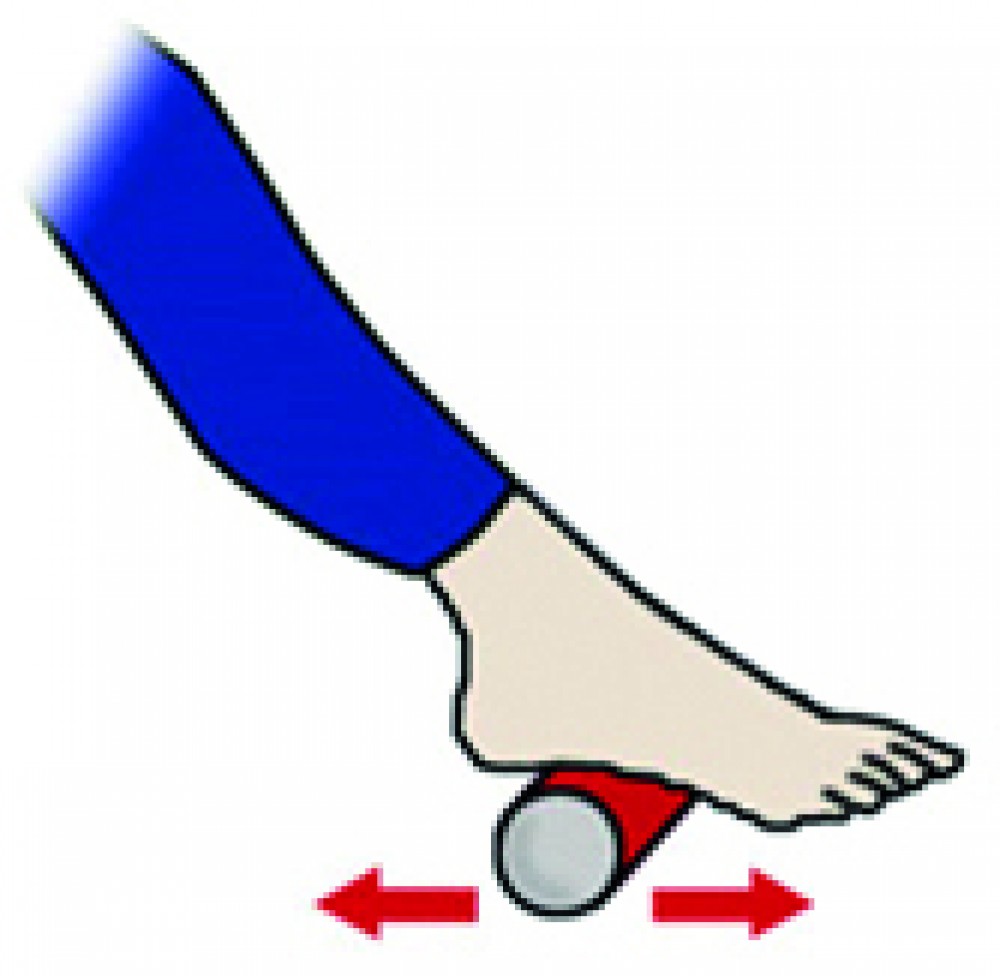 Cold can rolling
Cold can rolling
Roll your bare foot back and forth from the toes to the heel over a cold can from the fridge. This is a good exercise after activity because it stretches the plantar fascia and gives cold therapy to the area.
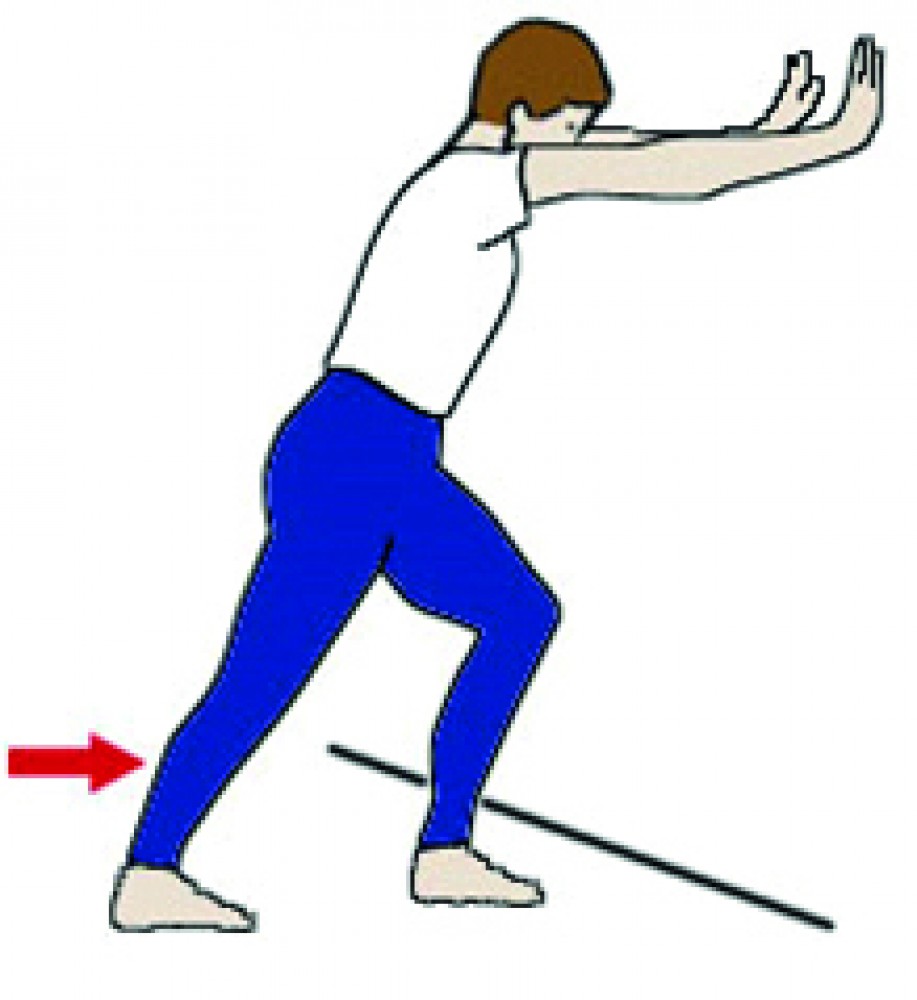
Calf/Achilles stretch
Stand facing a wall and place your hands on the wall chest high. Move the injured heel back and with the foot flat on the floor. Move the other leg forward and slowly lean toward the wall until you feel a stretch through the calf, hold for 30 seconds, then relax - repeat 10 times.
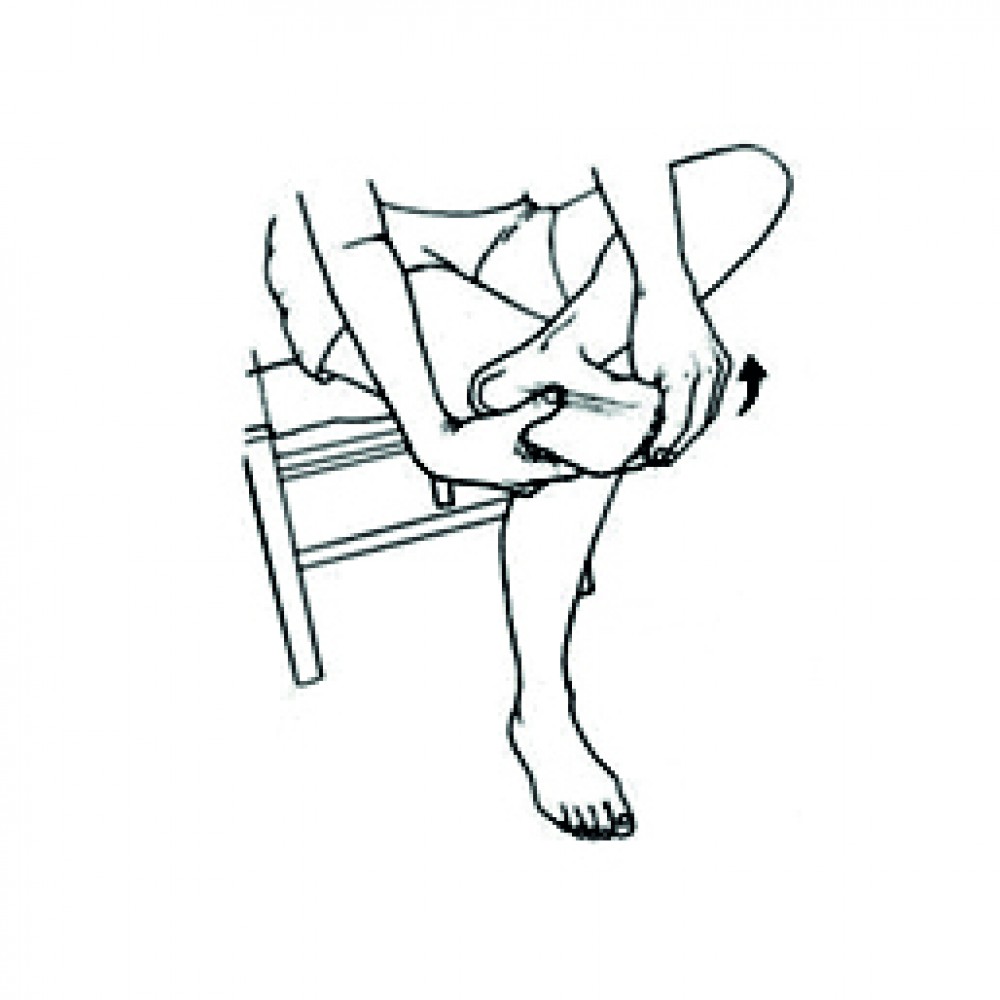
Toe stretch
Sit on the floor with the knee bent. Pull the toes back on the injured foot until a stretch across the arch is felt. Hold for 30 seconds, relax and then repeat three times. Massaging under the arch can also help.
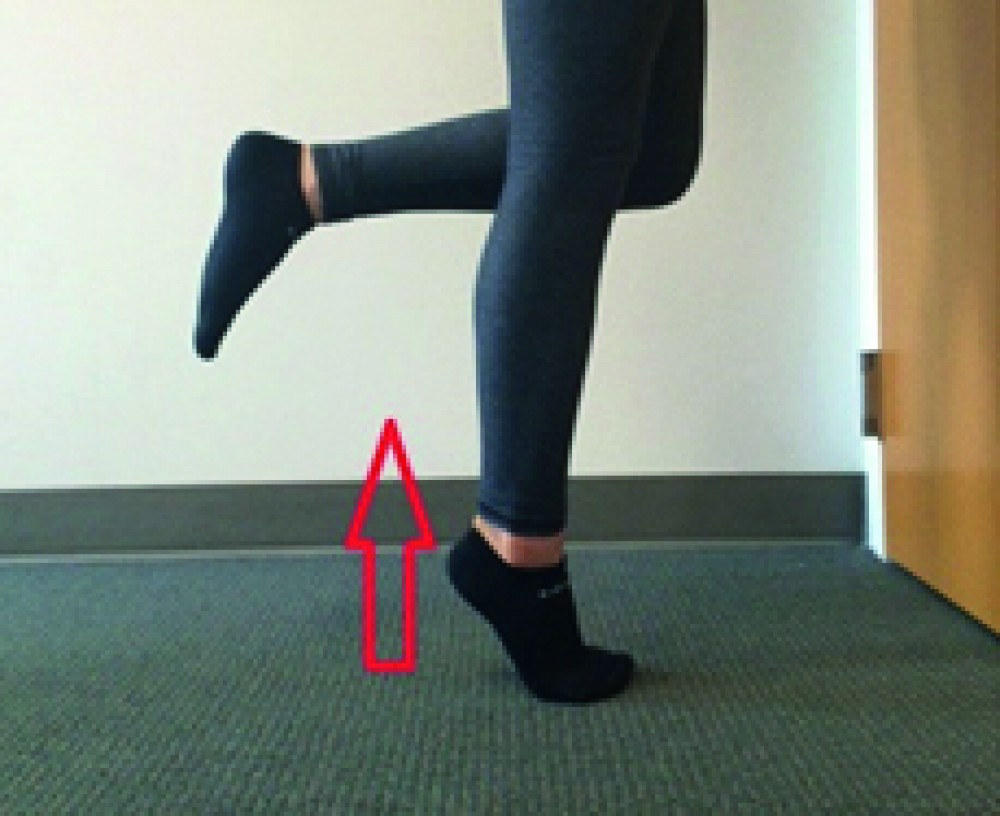 Standing tiptoe stretch
Standing tiptoe stretch
Place a rolled-up towel on the floor and rest your toes on it. Hold onto a door frame for balance and slowly take your weight onto one foot. Rise to tiptoe to the count of four, hold for one, then lower back down to the count of four and rest for one. Repeat this ten times and then have a short rest. Repeat the set of 10 again. Do this exercise twice or three times a day if you can. If you cannot do this on one foot, try with both feet and when you can, move back to using one foot.
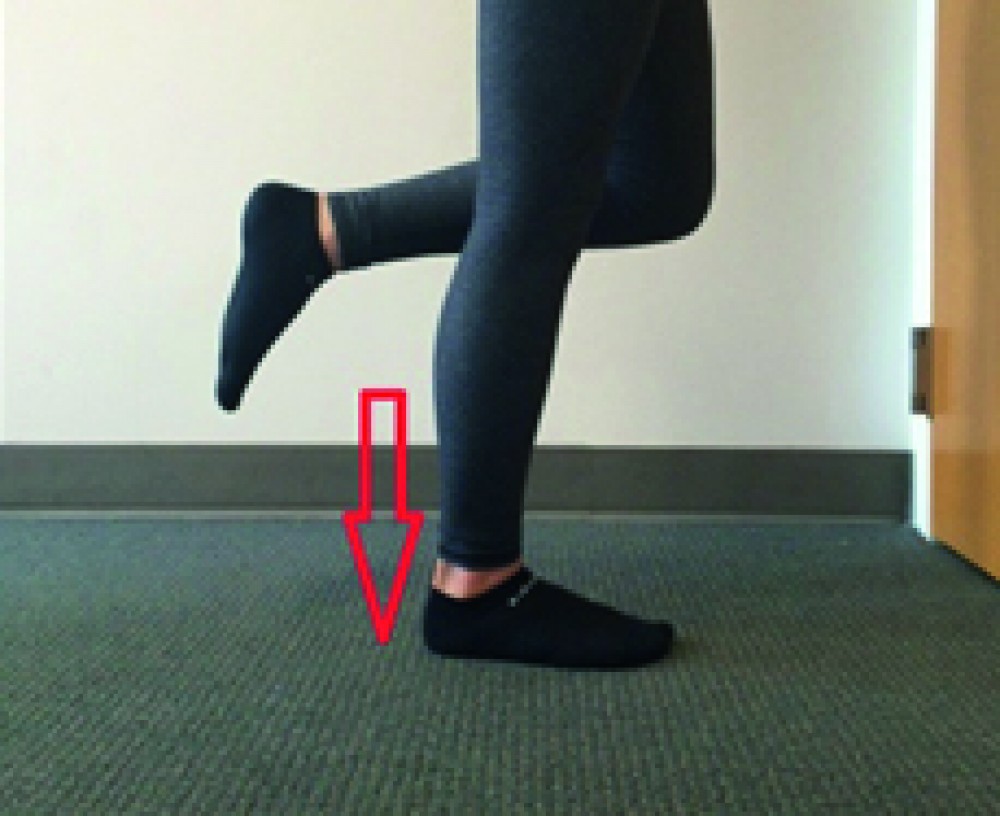
|
Key facts:
|
Download our leaflet on Heel pain on the sole of the foot: 'plantar heel pain
Note:
This series of information leaflets was developed, approved and ratified by the following organisations:
- Università degli Studi de Milano-Biococca
- Cardiff Metropolitan University
- Royal College of Podiatry
- GIDIF RNM, Universidad de Malaga
- The National Axial Spondyloarthritis Society
- Homerton University Hospital NHS Foundation Trust
- Midlands Partnership NHS Foundation Trust
- Solent NHS Trust
- Walsall Healthcare NHS Trust
- National Rheumatoid Arthritis Society (NRAS)
- University of Leeds
- University of Southampton
